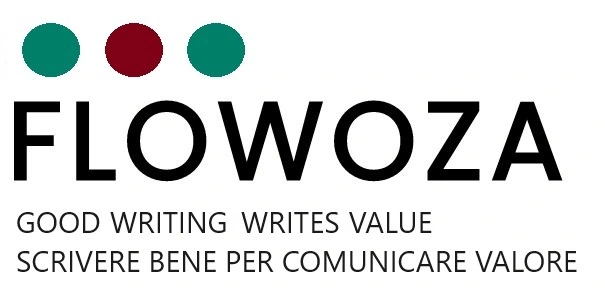What should an Operation and maintenance manual say? Whatever format you choose, how should this document be structured to adequately cover its objectives? Regarding operating instructions or information for equipment and machinery, there is the international standard IEC/IEEE 82079, which is an excellent reference for creating an operating and maintenance manual, even if it is not already required by existing standards or contracts to be followed.
Let’s try to summarize this standard.
Spirit of the IEC/IEEE 82079 standard
The user documentation, basically the instructions for use, is a part of the product. It must provide the information necessary for recipients, to use the product safely, efficiently, and effectively for all intended tasks and purposes, highlighting any reasonably foreseeable misuse.
The user information, which we will simply refer to as the manual, must be complete, accurate, concise, understandable, and accessible. In general, the principles of minimalism are valid for technical communication
Content
The IEC/IEEE 82079 standard specifies a number of content requirements. Let’s see what they are:
- References of the product supplier.
- Indication of the importance of the instructions, with a recommendation to keep a copy on hand.
- Explanation of safety signs, graphic symbols (according to international standards), pictograms, conventions and markings on the product and packaging.
- Safety instructions, which should be clearly and consistently stated in a separate clause or section at the beginning of the manual. Special precautions should be taken for special audiences, such as children and the elderly. Emphasis should be placed on reports of personal injury or property damage.
- Meaning of acronyms, abbreviations, and technical terms.
- The general description of the product and a representative illustration.
- The technical specifications of the product, including accessories, consumables and spare parts supplied or to be purchased.
- Appropriate clarification of legal, safety, or technical requirements that prohibit installation, operation, or maintenance of the product by unqualified persons. Qualifications, competencies, skills, and required training must be clearly identified.
- Procedures for the following activities:
- Transportation and storage.
- Unpacking and repacking.
- Installation and commissioning.
- Use, with all restrictions.
- Exception and emergency management.
- Error detection, with indication on warning signs.
- Maintenance, with indication of the appropriate personnel for the task.
- Troubleshooting and possible repair/replacement of parts.
- Uninstallation, disassembly, and recycling.
- Information regarding the security and privacy of personal data processed.
General principles
IEC/IEEE 82079 also recommends some techniques for presenting information:
- Use consistent terminology that helps avoid ambiguity.
- Plan to make it easy to find information with convenient navigation.
- Use a consistent structure for procedural instructions: preliminary information, operating steps, and follow up information.
- Choose a durable physical or virtual medium and a readable manual format based on the needs of the recipients and the foreseeable context of use.
- Include clear illustrations designed to enhance the clarity of the text.
- Organize data into clear information tables with a consistent layout.
- Be careful when using colors to highlight specific information.
- Add clear and unambiguous icons.
- Provide durable and highly visible warnings.
Specific requirements
IEC/IEEE 82079 also recommends evaluation and verification for cases where regulatory or contractual requirements typical of specific industries and markets apply to usage information. This part essentially demands a review for completeness and effectiveness by technical and legal experts, with special attention to risk analysis, the process of developing information content, and the qualifications and skills of technical writers.
Getting Started
Having summarized the general directions of the standard, how do we put them into practice to create a complete and effective manual? The best advice is to start with a professional template in the format of your choice, whether PDF, HTML, or other, that efficiently and comprehensively guides the development of content. The skills of an experienced technical writer can ensure the quality of the result throughout the preparation, drafting, and review process.
If you are interested in this topic, please contact us. We can provide you with a free, in-depth study that may be helpful to you.

